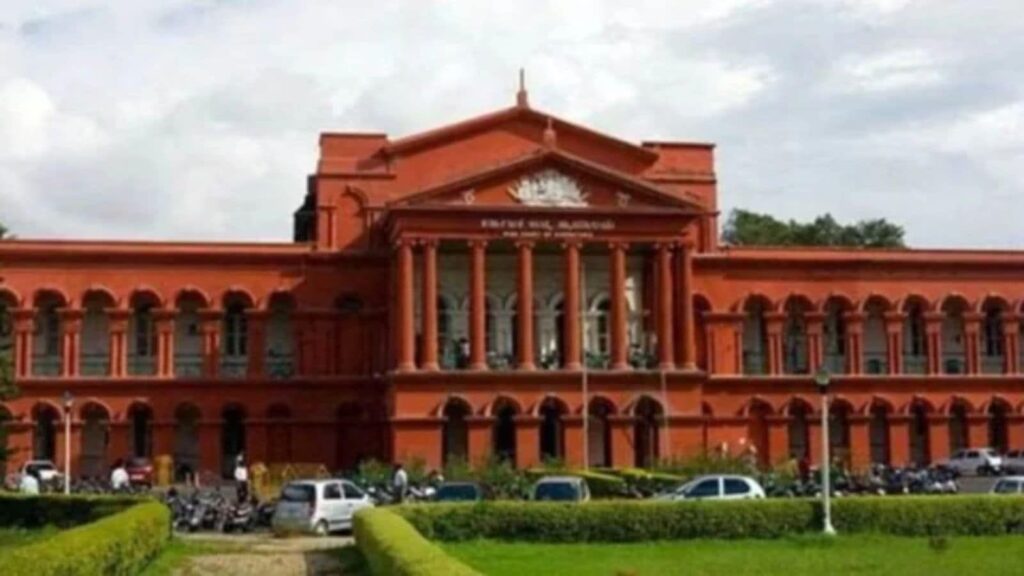The Karnataka High Court Wednesday directed the state government to ensure that the Justice (Retd) Michael D’Cunha Commission report on the June 4 stampede outside Chinnaswamy Stadium in Bengaluru is not published or circulated until the next date of hearing and the government assured the court of the same.
The division bench of Justice Jayant Banerji and Justice Umesh M Adiga recorded the submission by Advocate General K Shashikiran Shetty and adjourned the hearing of the petition filed by DNA Entertainment Networks Private Limited to September 4, allowing the Karnataka government time to file its objections.
Eleven people were killed in the stampede, which occurred during a celebration to mark the Indian Premier League (IPL) victory of Royal Challengers Bengaluru (RCB) cricket team. The Commission’s findings held the event organisers and senior police officers responsible for the tragedy. As a result, the government decided to file criminal charges against officials from RCB, DNA Entertainment, and the Karnataka State Cricket Association.
DNA, the event management partner of Royal Challengers Sports Private Limited, which owns RCB, filed the plea arguing the Commission violated the provisions of the Commissions of Inquiry Act, 1952, in the procedure adopted in conducting the inquiry.
Senior advocate B K Sampath Kumar argued that DNA had not been granted the opportunity to cross-examine those witnesses who had deposed against them. Kumar alleged that DNA had not been given a copy of the report, when extracts from it had been circulated in the media, adding that the reputation of DNA was being tarnished “every second”.
The AG Wednesday stated that the Commission is a fact-finding body, and there is no question of damage to anyone’s reputation.
Kumar had previously stated before the court that the time provided for the inquiry was one month and the report was ready only by July 11, which was beyond the period.
Story continues below this ad
“Nowhere is the power for the one-man Commission to say such-and-such action should be taken against any individuals. It is only to point out who is responsible, what were the lapses, etc,” he had said.
At the time, AG Shetty had expressed doubts regarding the legal maintainability of the petition by DNA. The high court had then directed the judicial report to be placed before it in a sealed cover.

